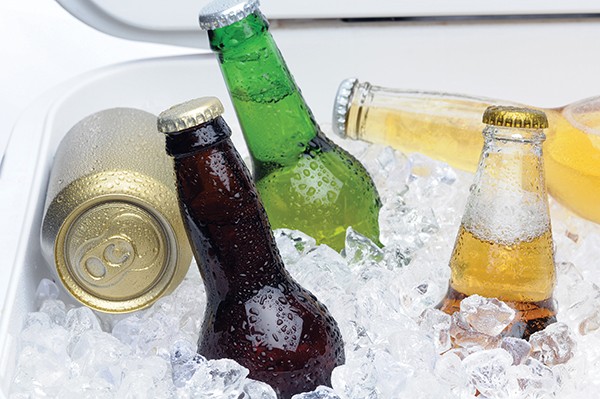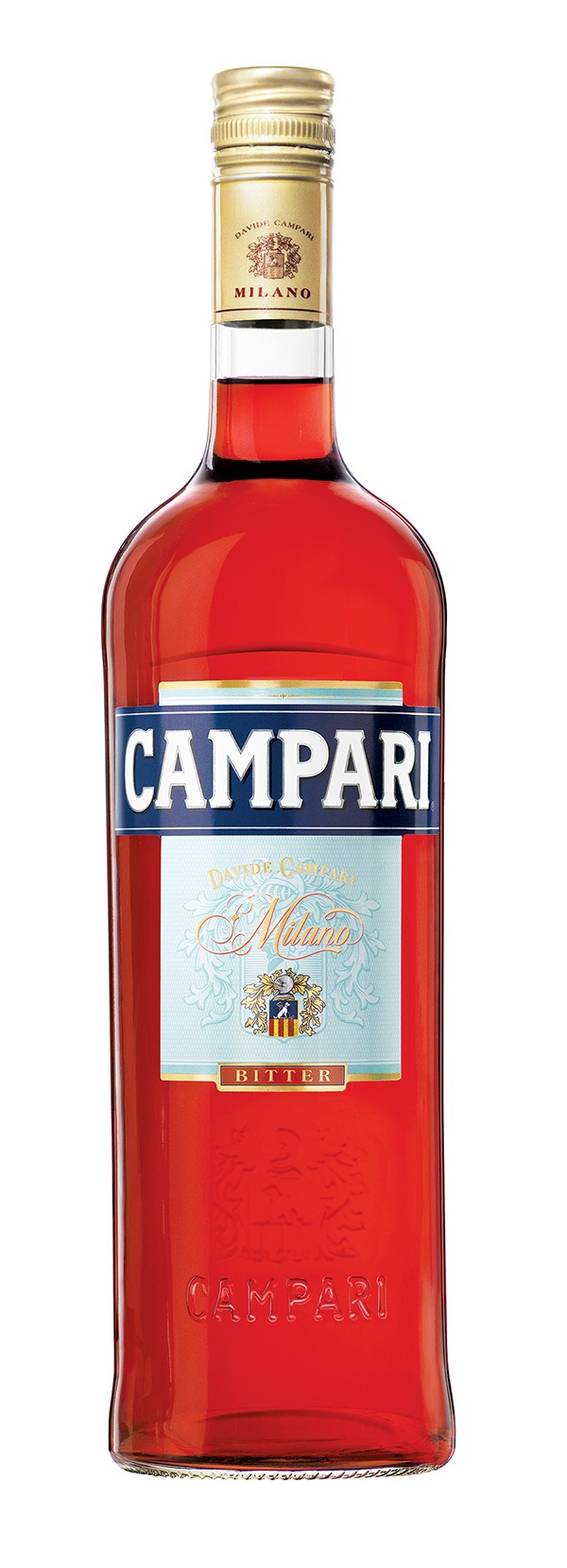Last week my fellow Spirits columnist Andria Lisle wrote about a bottle of Tribuno vermouth left by a departed father who was, evidently, a first-rate bartender. It reminded me when, in college, I’d carted some girl to New Orleans to meet my godparents. For all the city’s great food, Aunt Pouff (And no, I’m not making that name up) admitted that her favorite meal was “A bowl of salty treats and a martini with more vermouth than you children like these days.”
Which made her the first person I ever met who actually liked vermouth … or had lived 75 years entirely on hors d’oeuvres.
We all know the dry martini recipe that calls for whispering “vermouth” over ice-cold vodka. But as Pouff pointed out, “That’s not a martini; that’s just a cold hooker of vodka.” She then remarked that “martinis are made with gin.”
It’s likely that the reason most of us don’t like much, or any, vermouth in a martini is because nine times out of 10 the stuff we’re drinking is rancid. And if you are using vodka, the funk is all you will taste.

Vermouth isn’t a liquor; it’s fortified white wine — the light and dainty cousin of port or madeira. If refrigerated, it will last longer than a bottle of pinot gris, but the experts suggest you ought to throw the stuff out after a couple of months. It’s made from grapes such as Clairette Blanche and Bianchetta Trevigiana and a few others that you’ve never heard of — mainly because they don’t make very good wine. If they did, no one would be hiding the flavor with herbs, roots, and tree bark.
So yes, vermouth is made with regrettable white wine, to which is added a neutral grape spirit, and sometimes sugar water, which is poured into the aforementioned dry ingredients in a barrel and rolled around a bit. The first variants were made with wormwood, which the Germans called “wermut” and the French called that “vermouth.”
The Chinese were doing this 3,000 years ago, but, in 1786, a sweet wine was introduced to the royal court in Turin, Italy. They went wild and you really can’t buy word-of-mouth like that. A generation later, a pale, drier French version evolved. Both were aperitifs as well as medicine — which is as good a cure as any for sobriety. It would be another 100 years before it was so closely associated with cocktails and liquor. And, unfortunately, it got stuck behind the bar as opposed to being put in the fridge.
If you are going to stick to the classics — like martinis, Manhattans, and Rob Roys — a Tribuno or Martini & Rossi are hard to beat. Noilly Prat is a little darker and bolder, so be warned.
When the expatriates and the professionally fabulous were famously sipping vermouth on the Riviera, they weren’t drinking the stuff off the bottom shelf — and there is a difference. If you want to break out and be a little creative, Dolin has a Vermouth de Chambéry; a large bottle retails for $15. My personal favorite, a blanco Vermut Lustau, retails for $25. These are both clean and very crisp, and Vermut Lustau doesn’t have the vague bitterness that generally puts people off.
Last month, when the heat was really starting to get uppity, a friend introduced me to the following: One measure of vodka, one measure of Vermut Lustau, with tonic and a squeeze of citrus over ice. Not a twist or a thin wedge, you want a solid squeeze here, but just one. It works beautifully with gin as well, but the vodka lets the Lustau do what it does without the botanicals. As summer drinks go, this is one of the best I’ve discovered in a long time — it just floats over the weather.
And Pouff, if you can read this from that palm-lined boulevard in the sky, I use more vermouth than the children like these days.
 Steven Cukrov | Dreamstime
Steven Cukrov | Dreamstime 